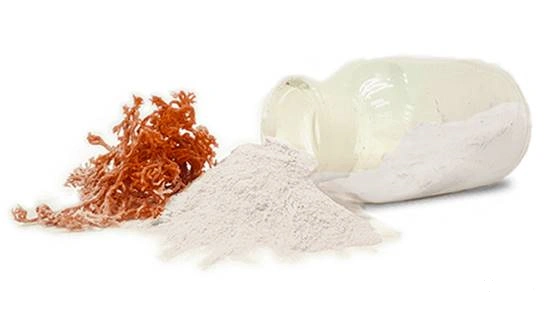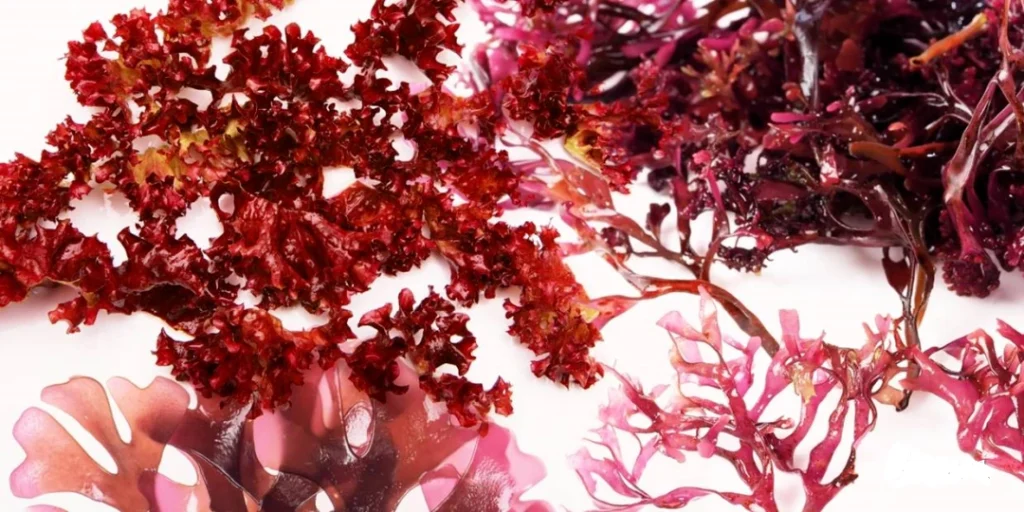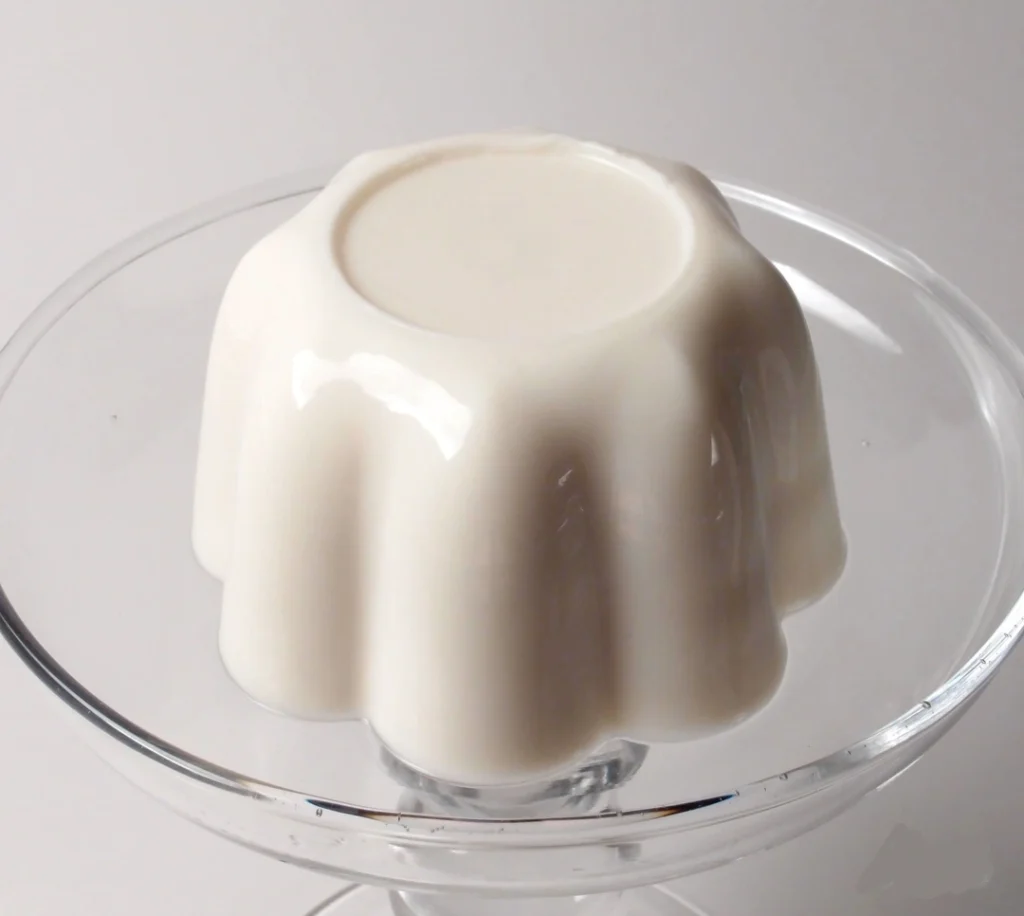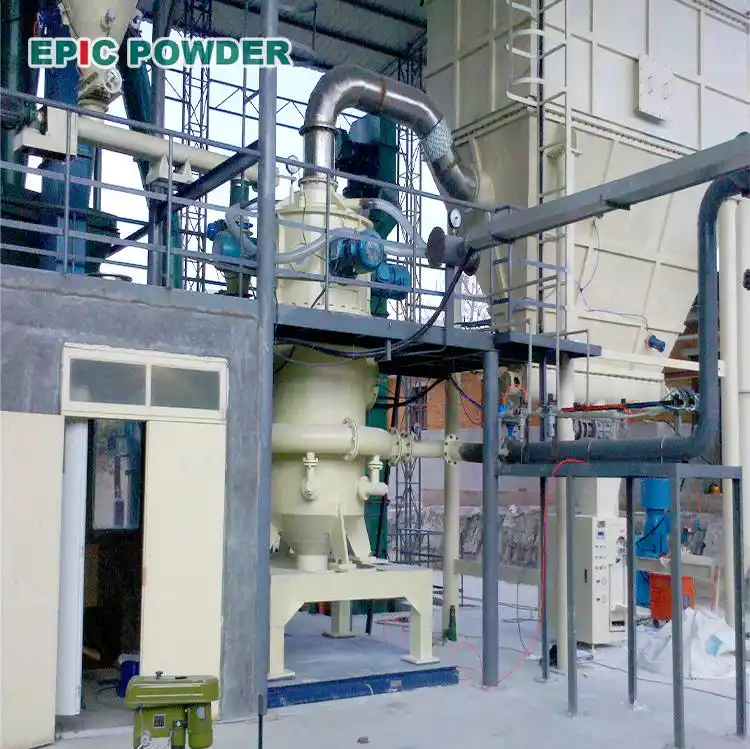A well-known ice cream brand made headlines when a sample kept at 31°C room temperature for an hour did not melt completely and reportedly even resisted a direct flame. Netizens were quick to point fingers at Carrageenan as the culprit. But what exactly is Carrageenan? While ingredients like starch and lotus root powder are familiar and generally accepted, it might be less so. Essentially, it’s somewhat similar, but extracted from seaweed. Let’s be clear from the start: Carrageenan is a very common and safe food additive. It’s found in a vast array of everyday food products. If you still have doubts, you can decide whether to forego numerous delicious foods after reading this article.
I. Definition and Function of Carrageenan

Carrageenans, also known as Irish moss or E407, are a family of linear sulfated polysaccharides extracted from certain species of red edible seaweeds. As a safe, natural food additive, the final product is a white powder, widely used as a gelling agent, thickener, and stabilizer in the food industry, daily chemicals, and pet food sectors.
In terms of form and function, Carrageenan is quite similar to starch. Both are polysaccharides, both are plant-derived, both form hydrocolloids when mixed with water, and both serve thickening purposes. Carrageenan is also as commonplace as starch. Just as starch is often added to dishes for thickening, gels are needed when making dairy products, yogurt, meat patties, or sauces. Plant-based hydrocolloids, with Carrageenan as a prime example, are often the optimal choice.
Extracted from plants, Carrageenan is safe and reliable. Furthermore, its production cost is low, manufacturing processes are well-established, making it readily available. Finally, its excellent performance in food technology is partly due to its ability to interact with proteins. Carrageenan isn’t without alternatives, but abandoning it would mean discarding many mature food formulations.
Returning to the initial issue, Carrageenan in the ice cream is only part of the reason for its “non-melting” property. To achieve shape retention and thickening, Carrageenan works in concert with ingredients like sugar, fat, and other thickeners. Furthermore, the ice cream’s resilience isn’t literal non-melting; it maintained its shape under high heat without turning into a puddle, largely thanks to its high solid content and low proportion of water and emulsion liquids.
II. The Origin of Carrageenan
Like starch, Carrageenan has a long history of consumption and cultural significance.


Blancmange Pudding
Scholars believe the Chinese used red algae for medicinal purposes as early as 600 BC. As far back as 400 BC, the Irish began using red algae as food. The “Carr” in Carrageenan actually comes from the Irish word “Carraigín,” meaning “Little Rock,” referring to the Irish moss (Chondrus crispus). They would dry, wash, and boil the red seaweed, using the resulting viscous substance as an ingredient in pies, desserts, and beer. This substance was Carrageenan. Irish Blancmange pudding, for instance, uses it as a primary ingredient.
In 1819, English botanist Dawson Turner first scientifically documented Carrageenan’s functions and predicted this ingredient would hold significant future value. He was right. With the development of the food industry, Carrageenan production and extraction techniques matured post-World War II, leading to its widespread use as a reliable and common food ingredient.
III. Types of Carrageenan
Based on the position and number of sulfate esters on the repeating galactose units, Carrageenan can be classified into types like λ, κ, ι, ε, μ. However, commercial Carrageenan primarily uses ι (Iota), κ (Kappa), and λ (Lambda) types:
| Primary Type | 효과 | Plant Source |
| Iota (ι) | Forms soft, elastic gels in the presence of calcium ions | Extracted from Eucheuma species like Eucheuma spinosum |
| Kappa (κ) | Forms firm, brittle gels in the presence of potassium ions | Extracted from Kappaphycus species like Kappaphycus alvarezii |
| Lambda (λ) | Does not gel; primarily used for thickening dairy products | Mainly extracted from Gigartina species from Southern Europe |
IV. Is Carrageenan Safe?
Carrageenan is a food additive confirmed as safe through extensive and rigorous scientific research over a long period.
It has been approved by food regulatory agencies including those in China, the US, the EU, Japan, and Brazil. Organizations like the World Health Organization (WHO), the Food and Agriculture Organization (FAO), and the Joint FAO/WHO Expert Committee on Food Additives (JECFA) all consider Carrageenan safe. Certainly, some studies question its safety, focusing on whether excessive consumption might affect intestinal health, but these views remain highly controversial.
According to China’s GB 2760-2014 “National Food Safety Standard for Uses of Food Additives,” Carrageenan can be used “as appropriate according to production need” in categories like light cream, butter and concentrated butter, fresh wet flour products, spices, and fruit/vegetable juices. In other categories like dried flour products, other sugars and syrups, and infant formula, the maximum usage levels are 8.0g/kg, 5.0g/kg, and 0.3g/L respectively. This means for most food categories, there isn’t even a concept of “over-addition,” indirectly proving no evidence currently suggests food safety risks from its usage levels.
In food production, few manufacturers add large quantities of Carrageenan. Its thickening effect is optimal only within a specific range; adding too much or too little is ineffective. Researchers William R. Blakemore and Alan R. Harpell suggest an optimal usage level between 0.015% and 0.025% in ice cream, while other sources mention an upper limit of around 0.04%.
In summary, no research has yet managed to overturn the conclusion that Carrageenan is safe and reliable. In fact, it is a soluble dietary fiber that passes completely through the human digestive system, meaning it is theoretically not absorbed by the body.
V. Applications of Carrageenan in the Food Industry
As mentioned, due to its natural origin, harmlessness, excellent functionality, reliability, and applicability, Carrageenan is widely used across various industries including food, daily chemicals, and pet food.
Carrageenan plays a particularly vital role in plant-based meat R&D. In most cases, it can substitute animal-derived gelatin (made from bones and skin). How can processed plant protein be formed into a firm “meat” patty without thickeners? Plant-based hydrocolloids like Carrageenan replicate gelatin’s functions while ensuring the product is completely free of animal ingredients, making plant-based product development possible. Indeed, ingredient suppliers are continuously developing new plant-based ingredient solutions based on Carrageenan.
In the food industry, it performs excellently in the following areas:
Dairy Products: Primarily for thickening and improving mouthfeel.
Ice Cream: Prevents whey separation and inhibits ice crystal formation, improving texture.
Confectionery: Carrageenan-based hydrocolloids are a primary option for making fruit gummies.
Sauces & Dressings: Acts as a thickener to increase viscosity.
Meat Products: Can replace fat to improve water retention.
Beer: Used as a clarifying agent to flocculate proteins.
Soy Milk & Plant-Based Drinks: Thickener.
Soft Drinks: Enhances mouthfeel and helps preserve flavors.
VI. Advantages of Using Jet Milling in Carrageenan Production

The production process significantly impacts the final quality of Carrageenan. Jet milling, an advanced grinding technology, offers distinct advantages for processing Carrageenan powder:
Superfine Particle Size: Produces extremely fine and consistent powder, leading to faster dissolution and improved functional properties like gelling and thickening efficiency.
Low-Temperature Processing: Operates without generating significant heat, preserving the natural structure and functionality of the Carrageenan, which is crucial for heat-sensitive materials.
High Purity & Contamination-Free: The design minimizes contact with grinding parts, reducing the risk of metallic contamination and ensuring a high-purity product.
Narrow Particle Size Distribution: Allows for precise control over the powder’s fineness, resulting in more consistent and predictable performance in final applications. This controlled particle size is key for optimal dispersion and functionality.
에픽 파우더
For high-quality Carrageenan and other specialized food ingredients, consider Epic Powder. We are dedicated to providing reliable, high-performance ingredients backed by technical expertise. Visit our website or 문의하기 to discover how Epic Powder’ jet mills can be your trusted partner in Carrageenan powder production. 문의하기 today for a tailored solution.